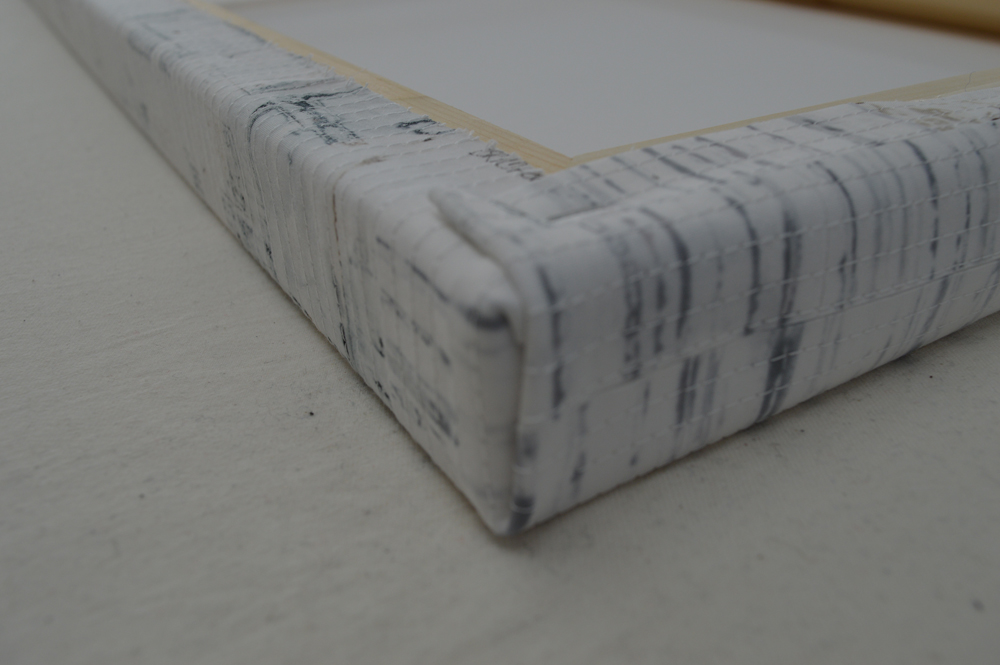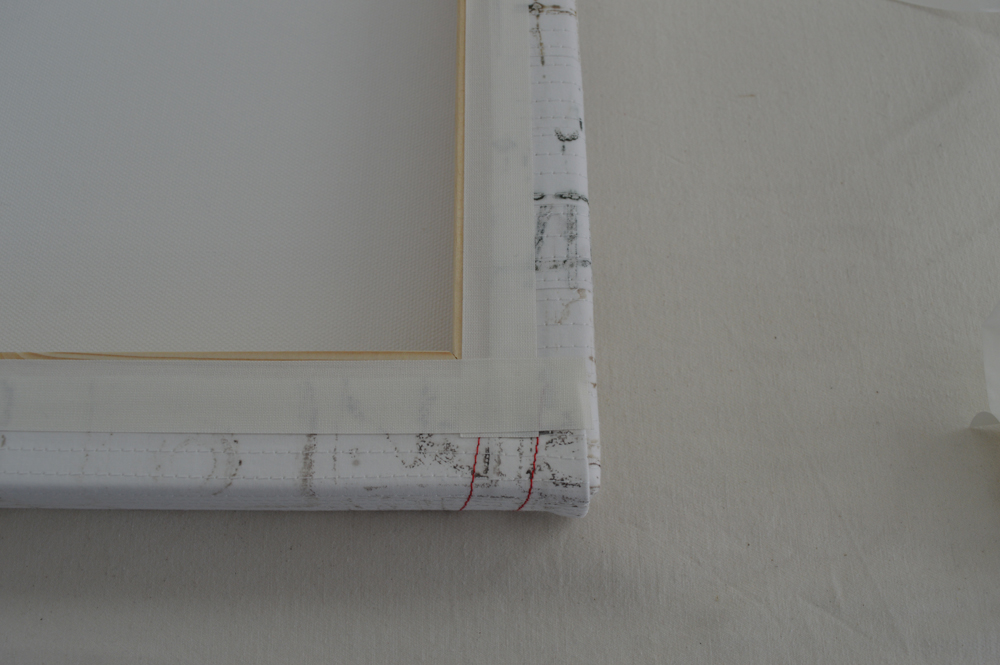It is 5 weeks or so until my next exhibition with Helen Conway opens at Stockport War Memorial Art Gallery on Saturday 26th May and the only thing I have left to work on is a collaborative piece with Helen. Now I have written more than once about how I work in series and how I only 'work to the beat of my own drum' so this may come as a bit of a surprise. But maybe not to those who know us well.
Helen and I met several years ago at a local contemporary quilt group and went on to be founder members of the exhibiting group Etcetera. During the groups time Helen and my work evolved rapidly with Helen embracing acrylic paint and mixed media and me developing large, abstract pieces based on breakdown printing. But strangely our work always looked good together. Our colour palettes were similar and Helens wonderfully organic graffiti marks linked nicely with the somewhat random marks made by breakdown printing.
But work that looks nice together is not enough to make a successful collaboration. In my humble opinion it is the fact that we both approach our art practice in the same way that has made it work. We are both professional women in our day jobs and approach our art with the same level of commitment and professionalism. We are ambitious but also pragmatic. We are not precious about who does what; we just get on with stuff. We curate our exhibitions so that they work best for the viewer rather than vying for prime position.
The gallery in Stockport is a huge open space which has been easy to curate. With the exception of the section of wall that faces the double doors leading into the gallery. The wall is framed by two columns and whatever is exhibited there is inevitably going to draw the visitor towards it. So we knew from day one that we had to find some way to share the space. Rather than get distracted by this we both got on with our individual pieces. Knowing what the rest of the exhibition would look like we got together a few weeks ago and decided that we wanted to make a piece that was very obviously inspired by Stockport. Cue a quick scribble on a scrap of paper. I gave Helen some samples of the fabrics I wanted to use. Helen sampled her ideas and sent me photos. They looked great so she did her bit and I got cracking printing fabric. No angst. No worries.
I have about 35 hours of stitching to do to complete the piece but with 5 weeks to go our collaborative piece of art has been as stress free as the rest of our activities. Go team Helen and Leah!




























